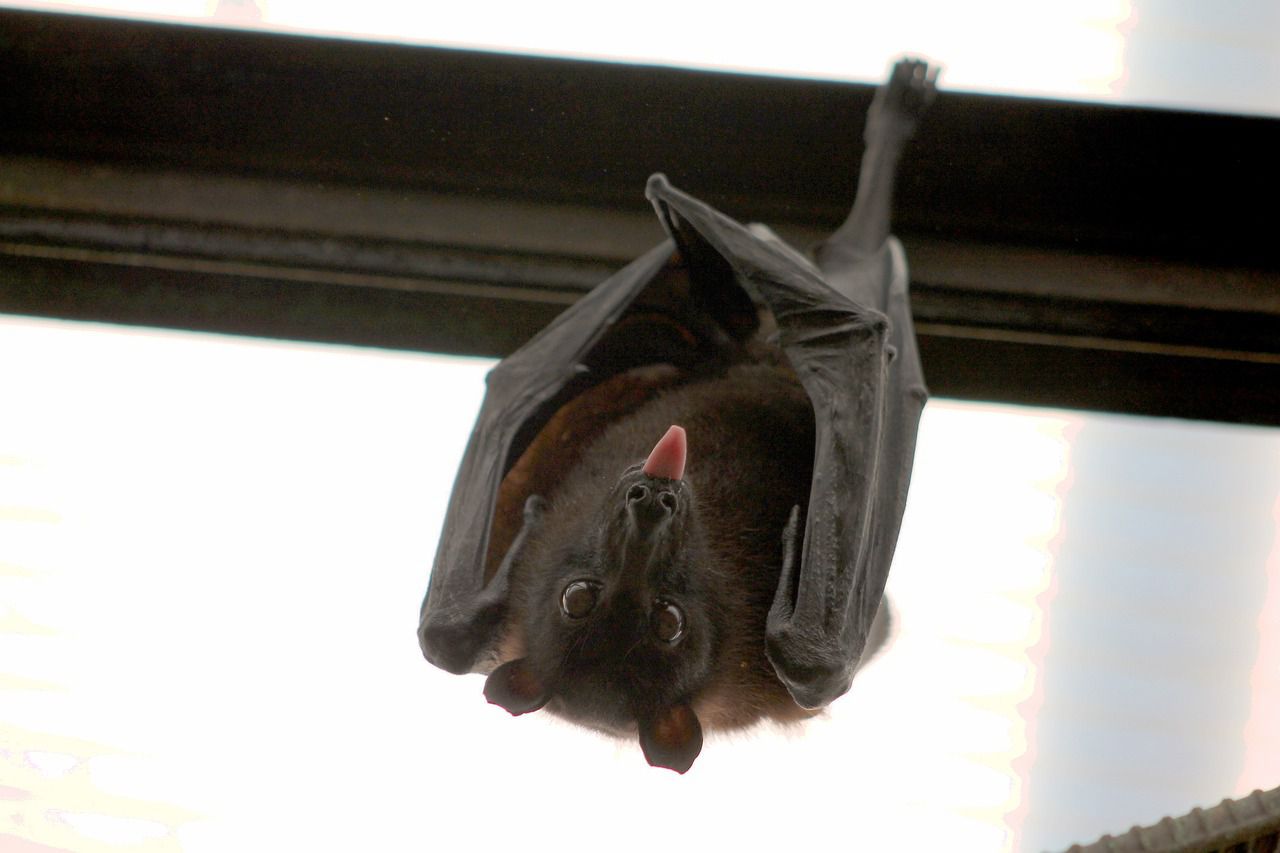How echolocation helps bats: Learn more about wildlife
Echolocation is a remarkable biological adaptation that helps bats navigate and locate prey in their environment.
It involves emitting high-frequency sound waves and listening to the echoes that bounce back, allowing bats to create a detailed mental map of their surroundings.
Here's how echolocation benefits bats.
Navigation
Bats use echolocation to navigate through their environment, even in complete darkness.
By emitting sound waves and analyzing the returning echoes, bats can accurately determine the distance and location of objects around them.

Hunting
Echolocation is crucial for bats' hunting strategies.
When a bat flies and emits sound waves, these waves bounce off potential prey or obstacles, creating an auditory image.
The bat can interpret these echoes to identify the size, shape, and movement patterns of prey items, such as insects.
Detecting Obstacles
Bats can use echolocation to detect obstacles like trees, buildings, and other animals in their flight path.
This helps them avoid collisions and navigate safely through their environment, even when flying at high speeds.
Differentiation of Objects
Bats can distinguish between different objects based on the echoes they receive.
They can tell whether an object is smooth or rough, solid or hollow, and stationary or in motion.
This ability helps them make split-second decisions while hunting.
Foraging Efficiency
Echolocation allows bats to locate prey in complete darkness, giving them a significant advantage over predators that rely solely on vision.
This enables bats to forage for food during nighttime hours, when many insects are active.


